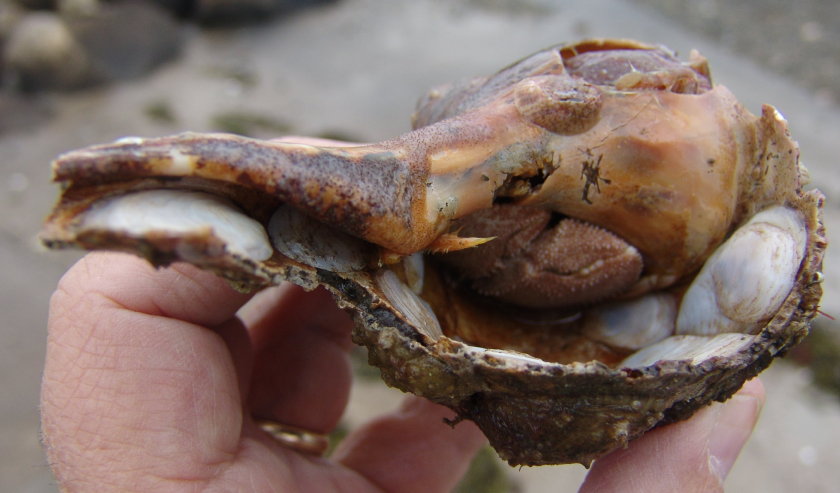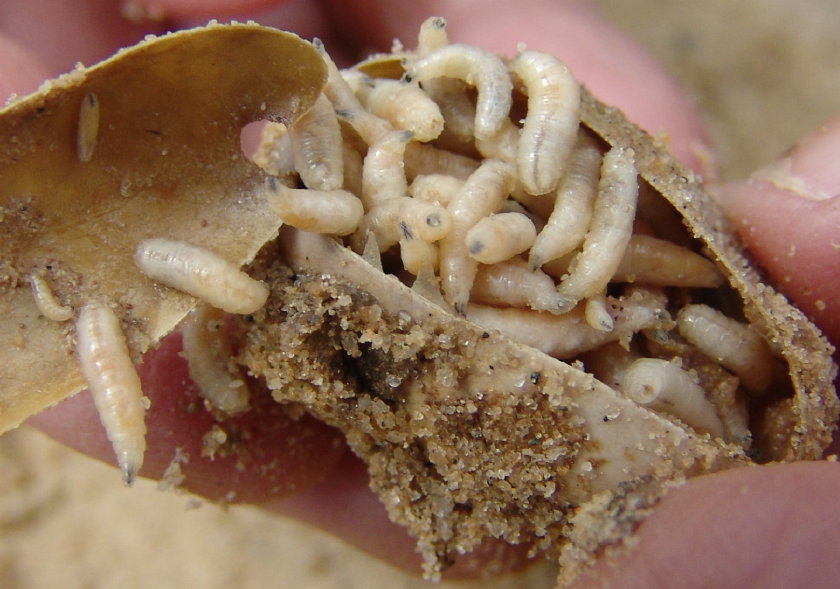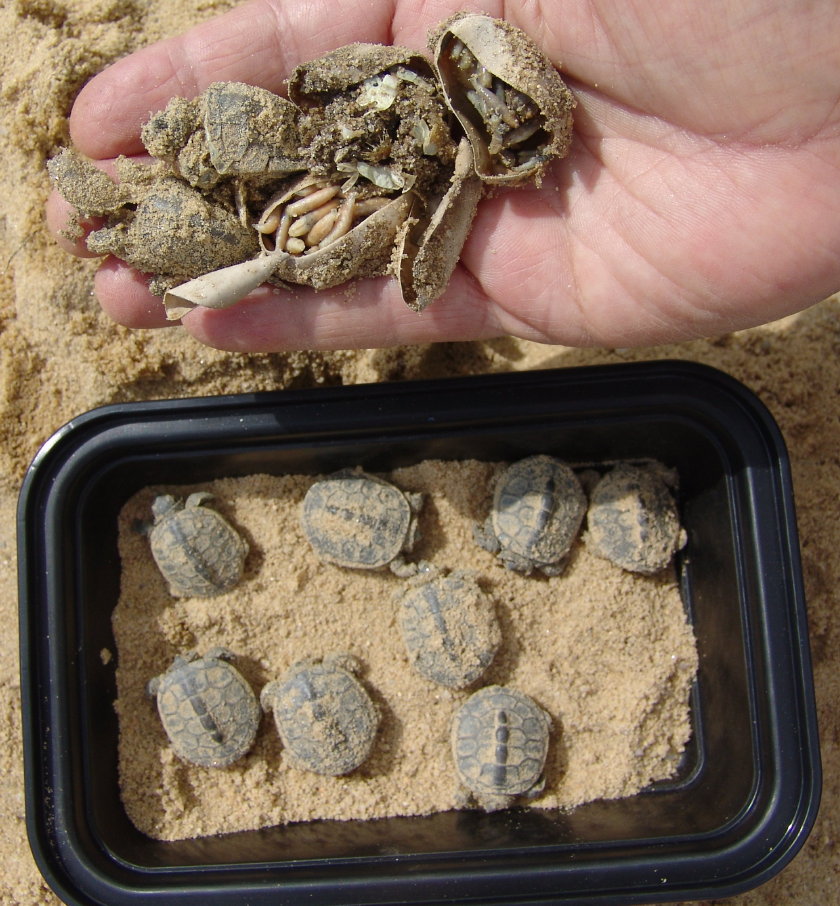The Turtle Journal team ventured to Dennis today to document the wayward manatee that has somehow wandered from Florida up the Atlantic Coast and through Cape Cod Canal to become trapped by cold bay water in picturesque Sesuit Harbor near the biceps of Cape Cod. We arrived about ten minutes too late to spy the manatee which had headed higher upstream to avoid the rush of chilly bay water flushed into Sesuit Harbor with the rising tide. The story from the harbormaster says that a special C-130 is winging its way to the Cape and a team will “rescue” the manatee this weekend, so it can be transported back to sunny Florida. We also learned that special food had been dispatched and would arrive anon to add more zest to this warm water creature stuck in Cape Cod fall. News crews had flocked to this tiny hamlet to tell the tale of a Great Manatee Rescue. The following YouTube piece appeared on Cape Cod Times on-line.
Manatee in Sesuit Harbor in Dennis on Cape Cod
Given a doe-eyed sea cow in the area, it’s not an easy task to pitch the rescue of a crabby hermit. Mon dieu! No one ever accused a flat-clawed hermit crab (Pagurus pollicaris) of the crime of cuteness. Who cares whether such a shiftless critter that scavenges its own home survives? Well, the answer to that question is the Turtle Journal cares, especially if we can get good footage.
Flat-Clawed Hermit Crab in Fractured Whelk Shell
We happened across this hermit crab, the lone survivor of a predatory seagull that had been slurping crabs from their adopted homes in whelk shells. A scattering of empty shells lay among the rocky shore of Silvershell Beach off Sippican Harbor. This one particular shell had been dropped from great height by the seagull, cracking the shell in multiple locations and exposing the crab to depredation. Luckily for the crab, but not for the seagull, we arrived just in time to interrupt the process. Unfortunately, its home was destroyed and the compressed shell had lodged the hermit crab so tightly that it couldn’t squirm out to find a new home. But give a human a heavy rock and it can work miracles that even a seagull can’t accomplish!
Click Here to View Video in High Quality
Meet the Crabby Hermit
Now that we had removed it from its fractured shell, we owed this crabby hermit a new home. The seagull had left us two choices of whelk shells just about the same size as its former home. Not being a crab ourselves, we placed the two whelk shells in the water equally distant from Crabby, but we nudged it a bit toward the shell on the left that seemed through a human eye the nicer home. Wrong.
Click Here to View Video in High Quality
Crabby Hermit Rejects the Human’s Favorite for a Home
Well, clearly even a crabby hermit has its standards and the home we had favored didn’t meet them. Perhaps the whelk had too many slipper shells (Crepidula fornicata) that might irritate its tender abdomen as the hermit crab tucked its largeness into the tight quarters of its new prospective home. Whatever the reason, our rescued hermit crab finally felt sufficiently comfortable with the second whelk shell to snuggle into its new home, protected once again from predators.
Click Here to View Video in High Quality
Crabby Picks a New Home
Was it too much to ask for a simple thank you? I guess so. But then again, with a little anthropomorphic delusion, we can see Crabby waving its broad claw as its disappears under the rising tide. Sure, it must have been waving. Well, something was waving. They don’t call them waves for nothing. Do they?
Epilogue: And the mermaid was rescued, too, on Saturday morning, October 11th, 2008 from Sesuit Harbor in Dennis, Cape Cod. This animal sets the record of the furthest north that a manatee has ever been documented. Oh, yes. Dennis is a merman.
Manatee Rescued from Sesuit Harbor in Cape Cod Bay


